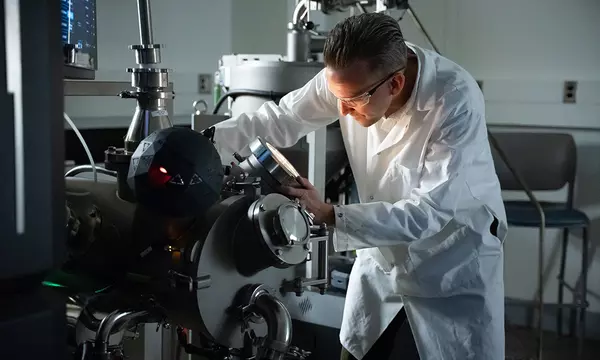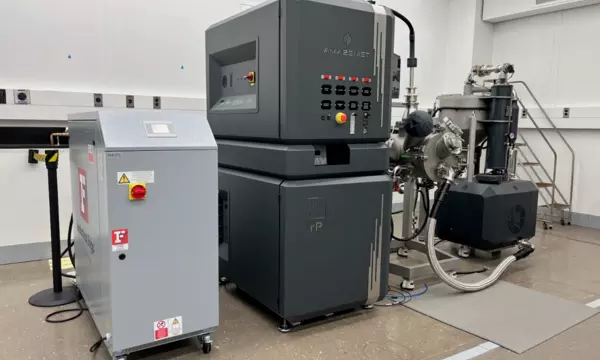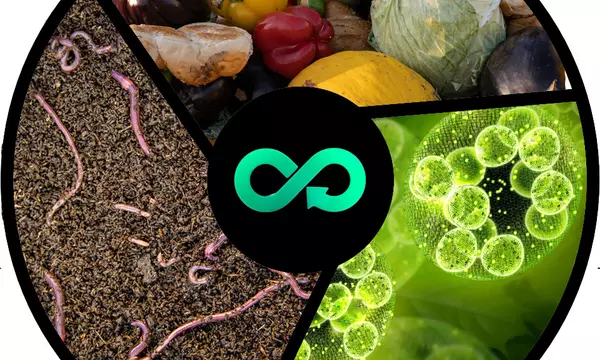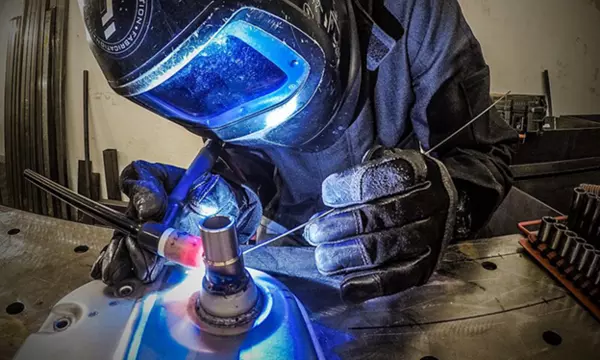NIST's Circular Economy Program
To make informed decisions related to circular supply chains, U.S. industry needs to understand the current and future supply of recoverable materials and to have confidence in material performance, processability, safety, and affordability. The need to expand and diversify domestic supply chains is accelerating investment and innovation in material recovery. These needs cross all materials from plastics to alloys to critical minerals (CMs). Significant investments are already underway to advance circularity in practice from material design to recycling infrastructure. NIST’s Circular Economy Program leverages expertise and capabilities in advanced measurements, data, standards, and tools to support U.S. innovation, manufacturing, and industrial competitiveness as circular supply chains are established and expanded.
How does NIST help?
NIST is well-suited to address industry needs and help advance a circular economy in the following areas:
Material Science: Variability and contamination in recycling streams negatively impact industry confidence in the performance, suitability, affordability, and safety of recovered materials. Thus, there is a need to enhance the understanding of secondary products and materials to increase utilization. NIST is developing accurate, reproducible, and economical metrology for quantifying composition, pursuing technological advances for improved sortation, and working to improve secondary material processing.
System & Decision Science: Strengthening information flows and decision-making tools will help facilitate supply chains for recovered products and materials. A lack of accurate, interoperable, and transparent data is hindering industry’s ability to enable circular design, create new business models, facilitate collaboration, and reduce risks. NIST is establishing frameworks to improve data consistency, developing digital tools that facilitate data sharing, and helping to address key standards gaps.
Program activities include:
- Advancing measurement science,
- Producing reference materials and data,
- Supporting documentary standards,
- Creating tools for data and decision science, and
- Engaging industry and other stakeholders.
Explore the Circular Economy Program
What is a circular economy?
Our current production systems and upstream supply chains are efficient and well-established. However, the downstream portion of the product life cycle, which involves collecting and recirculating materials at the end of their use, is less developed. A circular economy aims to retain atoms and molecules within the economy where they produce value and keep them out of unwanted sinks such as landfills or the environment. Designing products to be reusable, repairable, refurbishable, and recyclable – and executing those processes – promotes resource and economic efficiency, creates new business models, and enhances supply chain resilience.
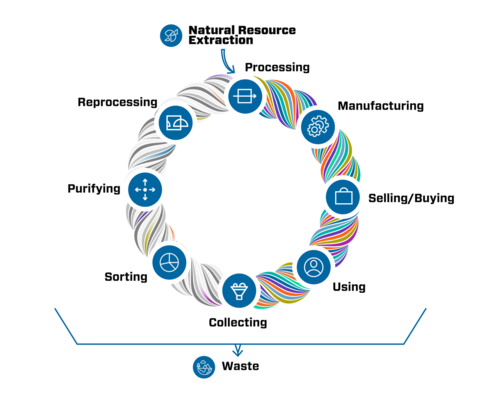
Contacts
Director - Emerging Areas
Director - Plastics
Scientific Partnerships Manager
-
(301) 975-3508


